Knowing how to care for your horse in a medical emergency is a vital horse ownership skill. Being able to quickly spot critical situations that require veterinary care can impact your horse’s healing and recovery time, but deciding what constitutes a red-flag emergency versus a non-urgent vet call is not always clear. Take our quiz to learn how to differentiate between the two and become familiar with the basics of equine emergency care.
Lameness
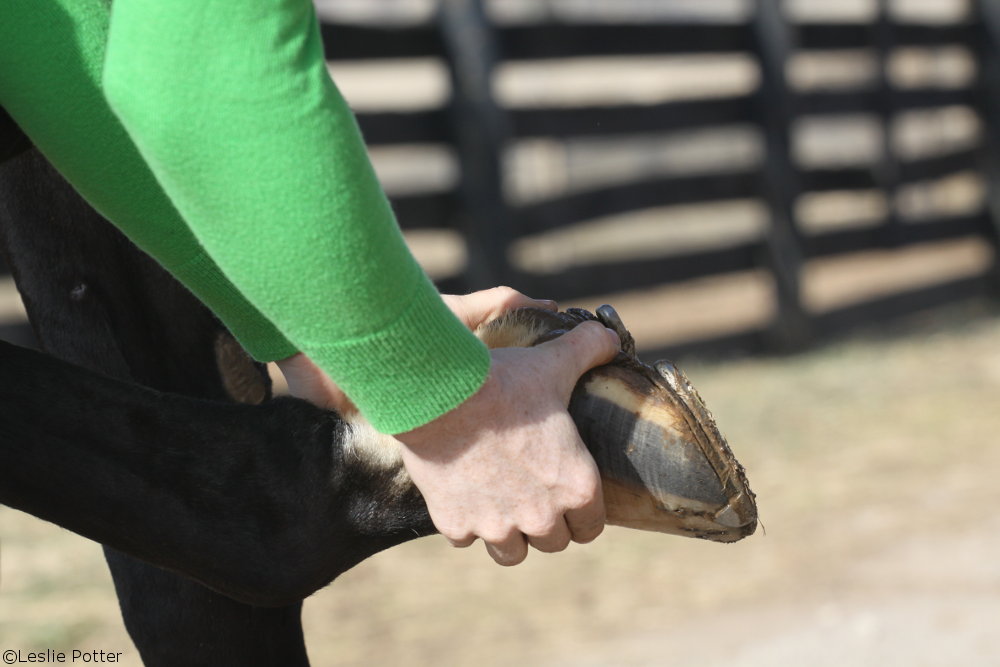
Answer: False. Lameness is usually not a life-threatening condition unless a fracture or severe laminitis is suspected. An emergency call to the vet is warranted if the horse is unwilling to place any weight on a limb. This is referred to as a non-weight-bearing lameness, or sometimes “three-legged lame.” If this occurs, carefully inspect the leg for signs of swelling, which may indicate a possible point of fracture. If you suspect a fracture and your horse is reluctant or unwilling to move, do not force him to walk. Remain in place, keep yourself and your horse calm, and have someone call the vet.
2) If you suspect your horse has laminitis, what should you do while you wait for the vet?
- Cold hose his hooves.
- Exercise him to promote blood flow to the feet.
- Give him phenylbutazone.
- All of the above.
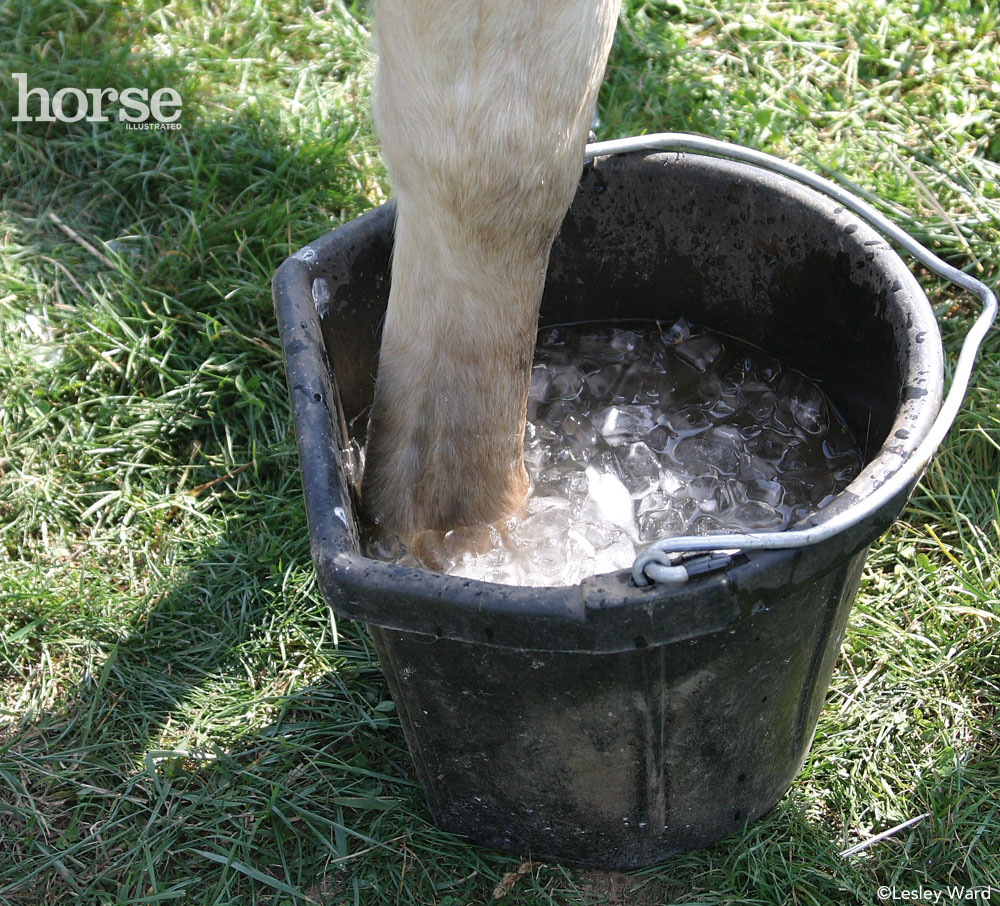
Answer: A. Cold hose his hooves. Severe laminitis is an inflammation of the feet that is extremely painful. It requires immediate attention to reduce the pain and provide support to the hooves in an effort to prevent further damage. A severely laminitic horse will appear to lean back on his heels and, if made to walk, will have a characteristic “walking on eggshells” gait. He may be reluctant to walk or prefer to lie down.
While you wait for your vet to arrive, there are a few things you can do to help your horse feel better. A session of cold hosing directly on the hooves can help with pain. Alternatively, have your horse stand in an ice water bath by immersing the affected hooves in shallow feed pans, if that’s easier. Bedding your horse’s stall deeply with straw or shavings will also help. Do not give your horse any medication unless directed by your veterinarian. Additionally, there is no need to make your horse move more than is required to get him in his stall.
Colic
3) You notice your horse rolling and looking at his abdomen. What should you do?
- Feed him hay.
- Give him some flunixin meglumine (Banamine) and check him in the morning.
- Evaluate temperature, pulse, respiration (TPR) and gut sounds.
- Walk him around.
Answer: C. Evaluate TPR and gut sounds (see “Know Your Horse’s Vital Signs,” below). Colic, another word for abdominal pain, varies in causes and severity. Many mild cases of colic, such as spasmodic or gas colic, resolve on their own as food particles and gas make their way through the gastrointestinal system. Other causes of colic, such as an impaction or twisted intestine, are more serious and require veterinary intervention. You can never determine the cause of a colic just by the way a horse looks. For this reason, all cases of colic should be treated as a medical emergency.
Being able to relay your horse’s vital signs to your vet will allow her to assess the situation and give you further direction, be it to walk your horse or sit tight until she arrives. Although walking a horse around can help move gas in the case of gas colic and prevent a horse from rolling and injuring himself, measure your horse’s vital signs first, since walking may falsely elevate TPR.
Wounds
4) Your horse comes in from the field with a large laceration down his leg covered in dry blood. You should:
- Keep an eye on it, since the bleeding has stopped.
- Hose the wound to clean it for a better look.
- Give your horse some antibiotics for infection.
- Apply a pressure wrap.
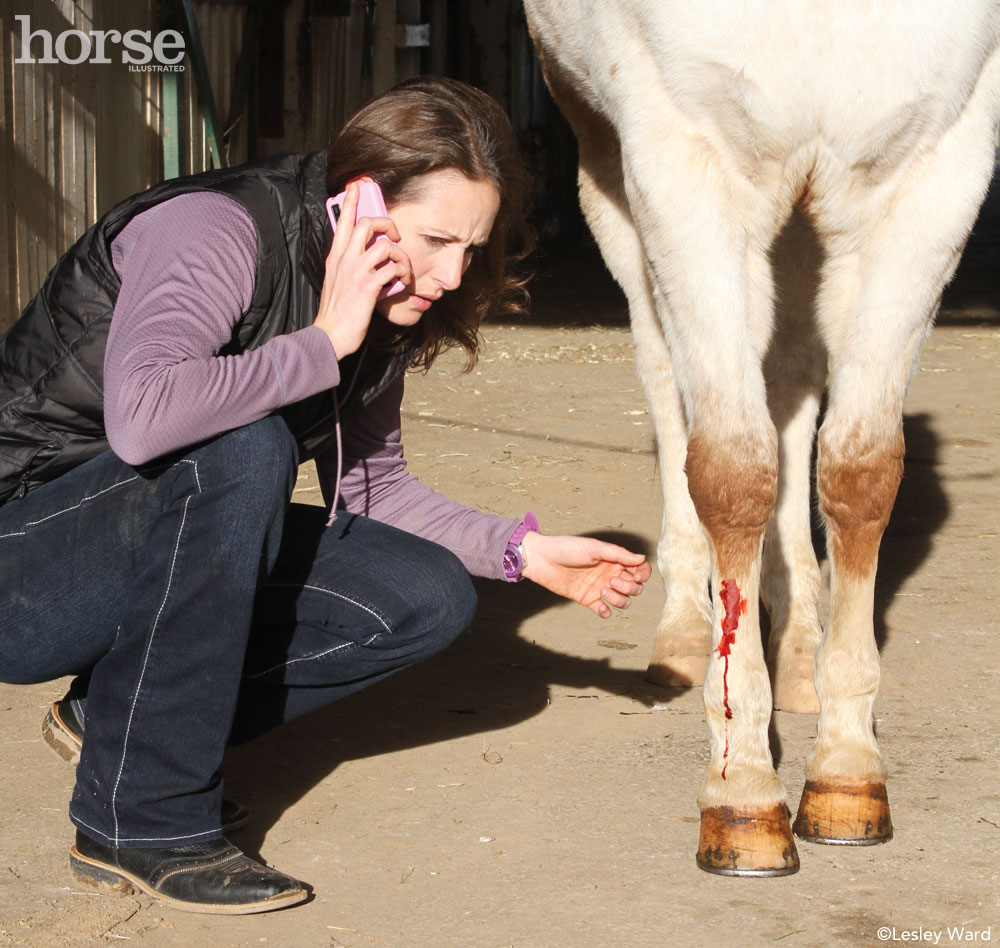
Answer: B. Hose the wound to clean it for a better look. Not all lacerations require an emergency vet call. Small scrapes occasionally happen to all horses and often heal on their own. Size, depth and location are the primary determining factors when making the decision to call the vet out for a wound. Here are some general guidelines:
Size: If the wound is larger than roughly an inch or two, stitches may help it heal better. Call the vet. Additionally, the larger the wound, the greater the chance for infection.
Depth: If the wound is more than skin deep, call the vet. Lacerations that extend into the muscle or soft tissue can more easily result in infection and should be thoroughly cleaned and evaluated by a vet.
Location: Wounds on the face or over joints run a high risk of affecting the important structures underneath them and should be assessed immediately by a vet. Lacerations that extend into a joint are serious and require intensive wound care, such as flushing and antimicrobial therapy. Wounds that involve flexor tendons on the back of the legs between the knee or hock and fetlock are also considered emergencies.
5) True or false? Your horse stepped on a nail and has it embedded in his hoof. You should pull it out.
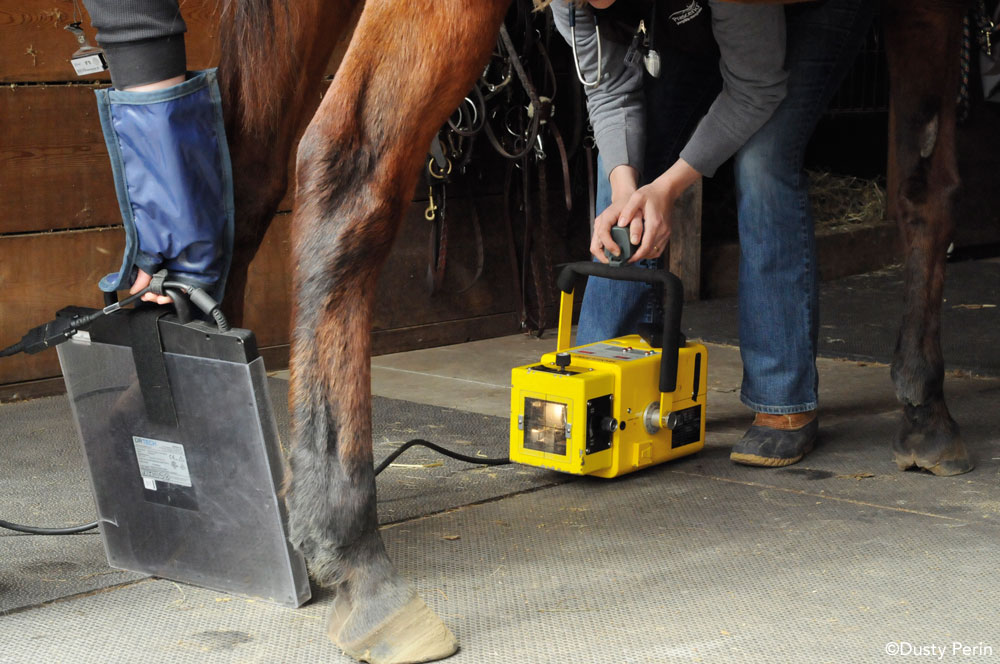
Answer: False. Puncture wounds should be considered an emergency. Call your vet but do not attempt to remove the object unless it is in danger of being embedded farther in the tissue. For puncture wounds to the hoof, your veterinarian may want to take a radiograph (X-ray) with the object still in place to evaluate the depth of the wound. Additionally, you may cause more damage to the tissue when pulling it out.
All puncture wounds run the risk of serious infection, as bacteria can be forced deep into the tissue. Tetanus is a major concern with puncture wounds no matter where they occur on the body, and your vet will be able to administer a tetanus toxoid booster even if your horse is up to date on his tetanus vaccinations.
Choke
6) True or false? Choke usually resolves on its own, so there’s no need to call the vet.
Answer: False. A veterinarian should see any case of choke immediately. While it is true that some mild cases of choke resolve on their own, waiting to see if this will happen could put your horse at risk of damaging his esophagus or accidentally inhaling food and developing aspiration pneumonia. If you ever notice your horse acting agitated with his neck extended, or struggling to swallow with saliva and food dripping out of his mouth or nose, call the vet.
Neurologic Problems
7) True or false? You find your horse unable to walk in a straight line, but since he is eating and drinking normally, this isn’t an emergency.
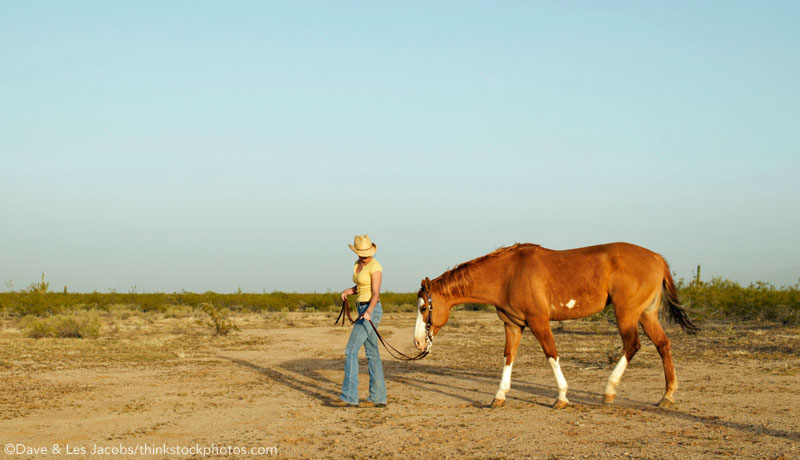
Answer: False. Any neurologic condition should be treated as an emergency, even if your horse appears normal mentally. Due to the nervous system’s inability to repair itself after injury, quick initiation of treatment can help prevent further damage. Evaluation and diagnosis by your veterinarian can also potentially help herdmates. If equine protozoal myelitis (EPM, a neurologic disease spread via opossum droppings) is diagnosed, barn management measures can be enforced to help prevent spread of the disease. Contagious infectious causes also need to be ruled out, such as the neurologic form of equine herpes virus and rabies.
Eye Injuries
8) If you notice your horse has a swollen eye, which of the following should you do first?
- Grab some ointment you found in the tack room and apply it to the affected eye.
- Give it 24 hours to see if the swelling goes down.
- Call the vet.
- Try to pry the eye open and take a closer look.
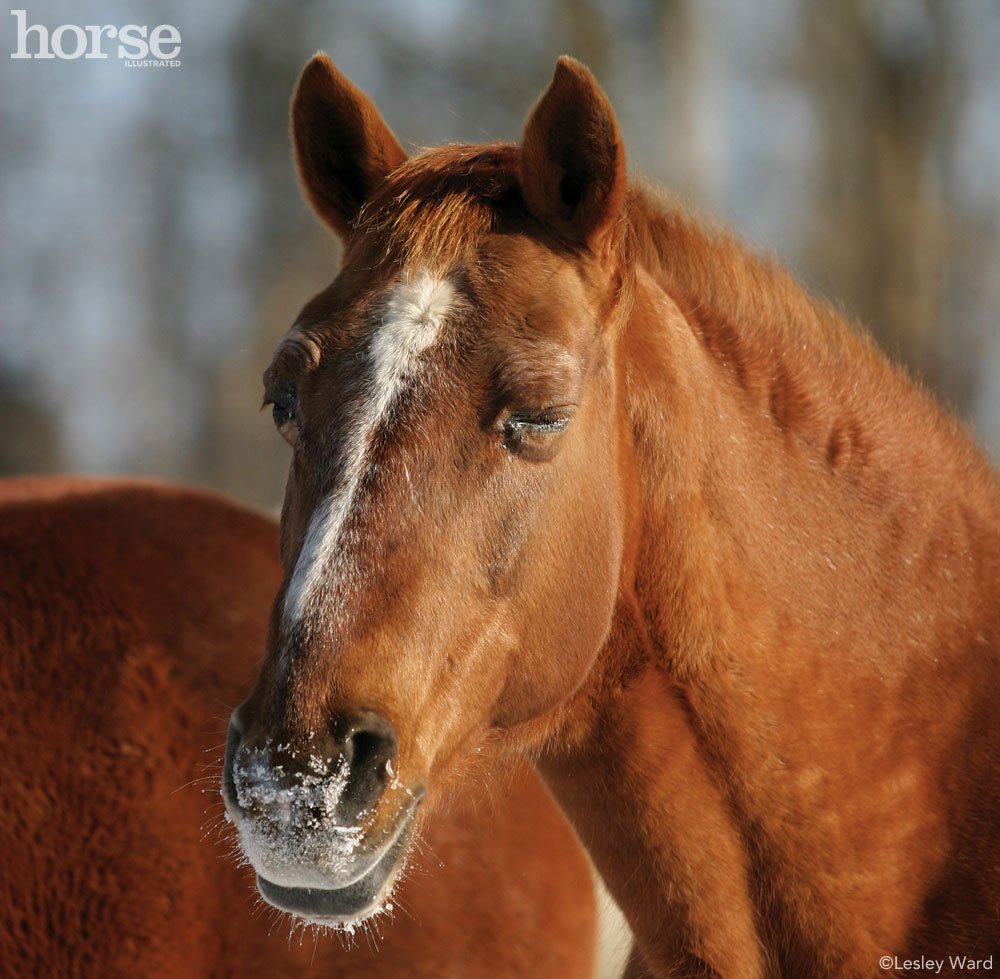
Answer: C. Call the vet. Eye injuries should always be considered an emergency because of the delicate structure that is affected and how difficult it is to determine what is wrong without sedation and proper equipment. Additionally, seemingly minor eye issues can escalate to major problems very quickly without proper medical management.
Do not apply any medication to an injured eye unless directed by your veterinarian. Not all eye ointments are created equal; some contain steroids and others do not. Steroids are only used in specific eye situations, and if applied incorrectly can make eye issues such as corneal ulcers much worse. It is vital to obtain a diagnosis prior to administering eye medication.
While you are waiting for the vet to arrive, consider putting a fly mask on your horse to protect his eye, making sure the fly mask itself isn’t rubbing on the eye. Don’t try to examine the eye, as eye problems can be extremely painful and your horse may accidentally injure you as he avoids your examination attempts.
Allergic Reactions
9) A wasp just stung your horse on his rump. What should you do?
- Call the vet.
- Put ointment on the sting.
- Observe the horse.
- Give the horse some phenylbutazone.
Answer: C. Observe the horse. Not all bug bites or allergic reactions are emergencies. The occasional sting will most likely cause localized pain and swelling that will subside in 12 to 24 hours. If you witness your horse getting stung, keep your distance and carefully watch him. If he’s stung on the face, resulting in severe swelling that may affect breathing, call the vet. If the sting is on a leg or the rump, it will usually subside and not require medical intervention.
Evaluate a possible allergic reaction to a drug in the same manner as you would a bug bite. Occasionally horses will become lethargic or sore after vaccinations. If this is the case, a call to the vet is warranted to make her aware of the situation and possibly change future vaccination plans, but it doesn’t usually require a visit. However, if you notice a large swelling at the site of an injection—especially if it is accompanied by heat, pain and drainage—this is an emergency and should be seen by a vet. Occasionally, intramuscular injections can cause bacterial infections deep in the muscle and require immediate medical management.
Know Your Horse’s Vital Signs
Knowing what’s standard for your horse helps you to recognize when things are not quite right. Here are normal vital signs for an average adult horse at rest.
- Temperature: 99 to 101° F
- Pulse: 40 beats per minute
- Respiration rate: 10 to 24 breaths per minute
- Gut sounds: several per minute, consisting of pings, gurgles and roars
- Gums: pink and moist
- Capillary refill time (the time it takes for gums to return to color after pressing on them with your finger): less than two seconds
Despite guidelines, determining whether a situation warrants an urgent vet visit can still sometimes be tricky. When in doubt, call your vet. It is always better to ask and be reassured that the problem can wait until morning than to “wait and see” to the potential detriment of your horse.
Anna O’Brien, DVM, is a large-animal ambulatory veterinarian in central Maryland. Her practice tackles anything equine in nature, from Miniature Horses to zebras at the local zoo, with a few cows, goats, sheep, pigs, llamas, and alpacas thrown in for good measure.
This article originally appeared in the 2015 edition of Your New Horse

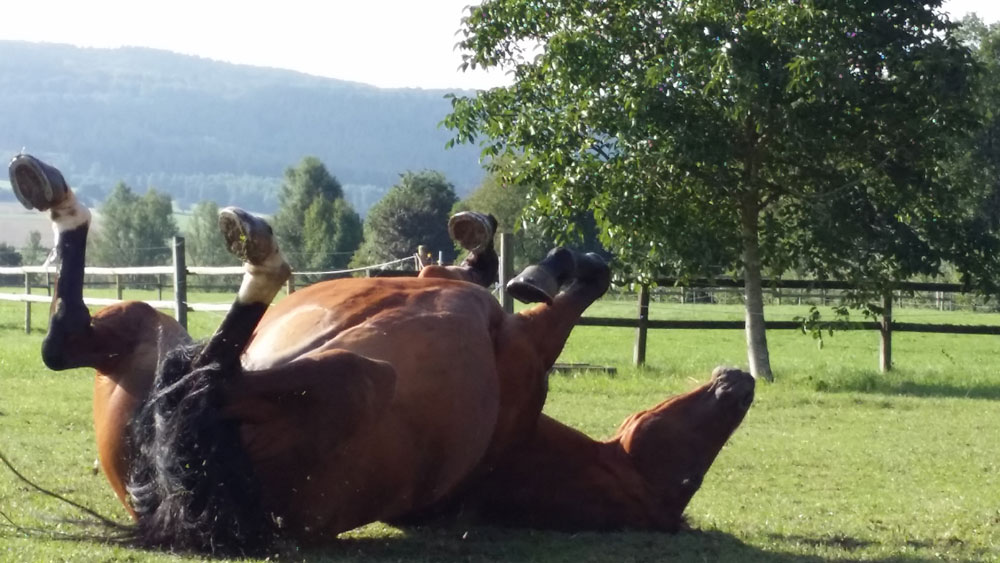
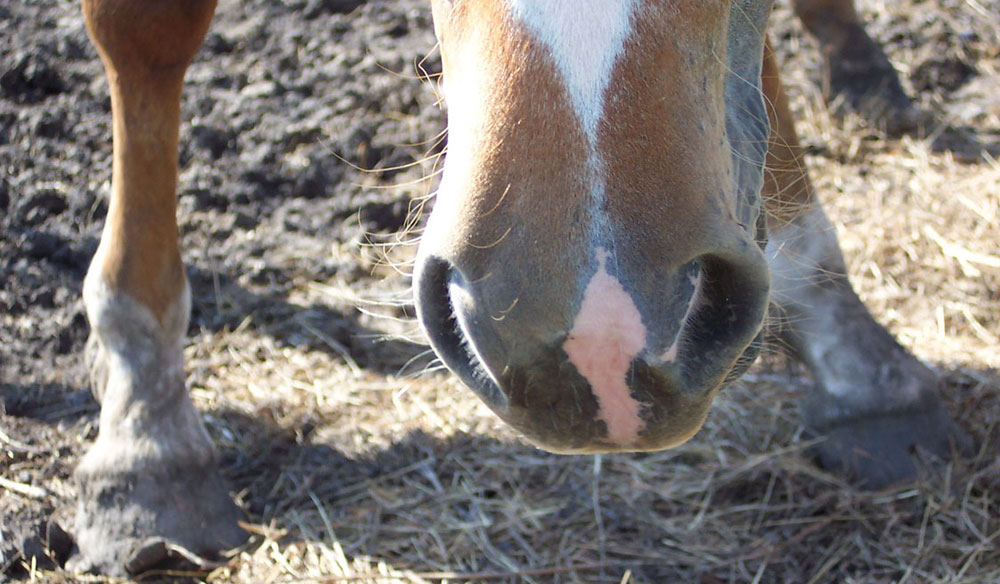
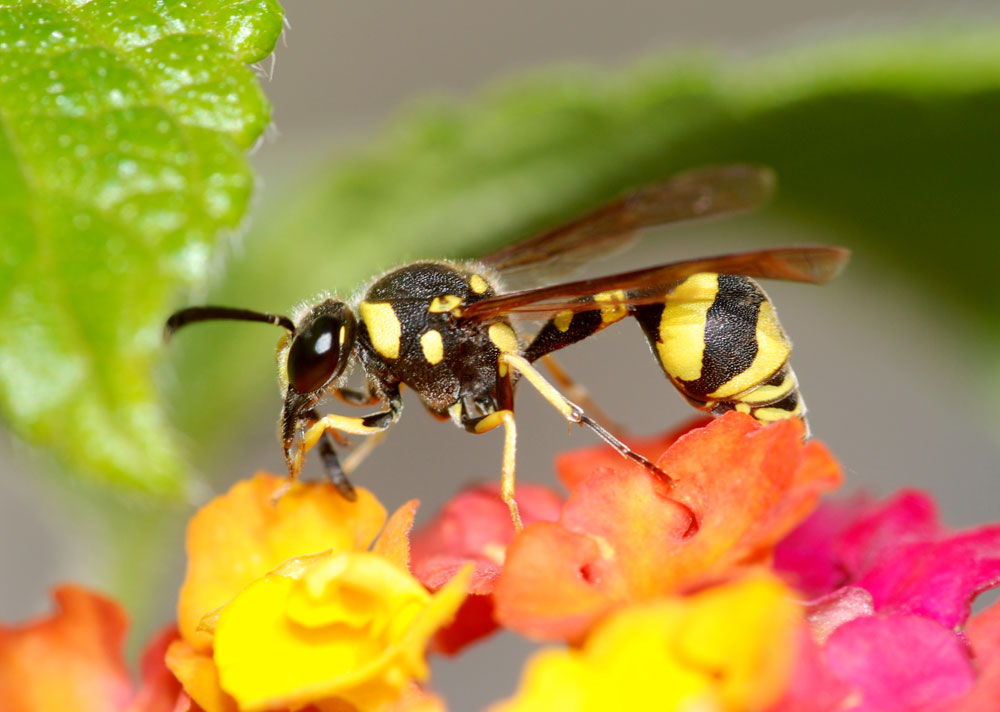






I got them all correct! I have worked with my vets for years now, and continue to read the great articles available. This was a very informative article.
great questions from now on these will always help me to keep an eye on my horse!